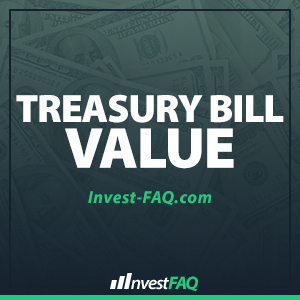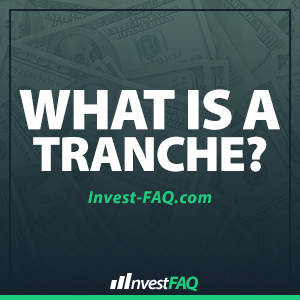What is a Zero Coupon Bond? A Zero-coupon bond is a debt instrument that has no coupons and pays no interest payments because the interest payments are built into the purchase price and face value of the bond. But at maturity, the issuer promises to redeem the bond at face value. Obviously, the original cost
Category: Bonds
U.S. Treasury Bill Value
The current value of a U.S. Treasury Bill can be found using the Wall Street Journal. Look in the WSJ in the issue dated the next business day after the valuation date you want, specifically in the “Money and Investing” section under the headline “Treasury Bonds, Notes, and Bills”. There you need to look for
U.S. Savings Bonds for Education
Can You Use Savings Bonds to Pay for College? You can use your U.S. Savings Bonds towards your child’s education and exclude all the interest earned from your federal income. This is sometimes known as the Tax Free Interest for Education program. Here are some basics on how the Education Savings Bond program works. You
U.S. Savings Bonds
This article describes US Savings Bonds issued by the US Treasury, and discusses how they can be purchased or redeemed. Because the US Treasury changes the rules for these bonds periodically, this article also gives some information about determining the yields of bonds issued over the past 30 years. What Are Savings Bonds? US Savings
Treasury Direct
Treasury securities can be purchased directly from the US Treasury using a service named “TreasuryDirect.” The minimum purchase for any Treasury security that can be obtained via the TreasuryDirect program is $1,000. There are no fees for accounts below $100,000; accounts in excess of that sum are charged a $25 annual fee. Interest payments can
Treasury Securities: T-Bills, T-Notes, T-Bonds
Treasury securities are IOUs for money the U.S. government borrows both domestically and internationally. The four different types of marketable U.S. Treasury securities are Treasury bills, Treasury bonds, Treasury notes, and Treasury Inflation Protected Securities (TIPS). T-Bills vs T-Notes vs T-Bonds vs – What’s the Difference? The main difference between each security is the maturity
Tranches
A ‘tranche’ (derived from the French for ‘slice’) is used in finance to define part of an asset that is divided (sliced, hence the term) into smaller pieces. A common example is a mortgage-backed security. One bank may only be interested in the payments at the longer end of the security’s maturity, while another investment
Bond Yield vs Bond Price
Relationship Between Bond Price and Bond Interest Rate The basic relationship between the price of a bond and prevailing market interest rates is an inverse relationship. This is actually pretty straightforward. For example, if you have a 6% bond (this means that it pays $60 annually per $1000 of face value) and interest rates jump
Municipal Bond Glossary
These definitions of municipal bond terminology are at best simplifications. They should only be used as a stepping stone, leading to further education about municipal bonds. Act of 1911 and 1915 Used for developments within a particular district and are secured by special assessment taxes set at a fixed dollar amount for the life of
Moody Bond Ratings
Moody’s Bond Ratings are intended to characterize the risk of holding a bond. These ratings, or risk assessments, in part determine the interest that an issuer must pay to attract purchasers to the bonds. The ratings are expressed as a series of letters and digits. How are Bonds Rated? Here is a list of bond










